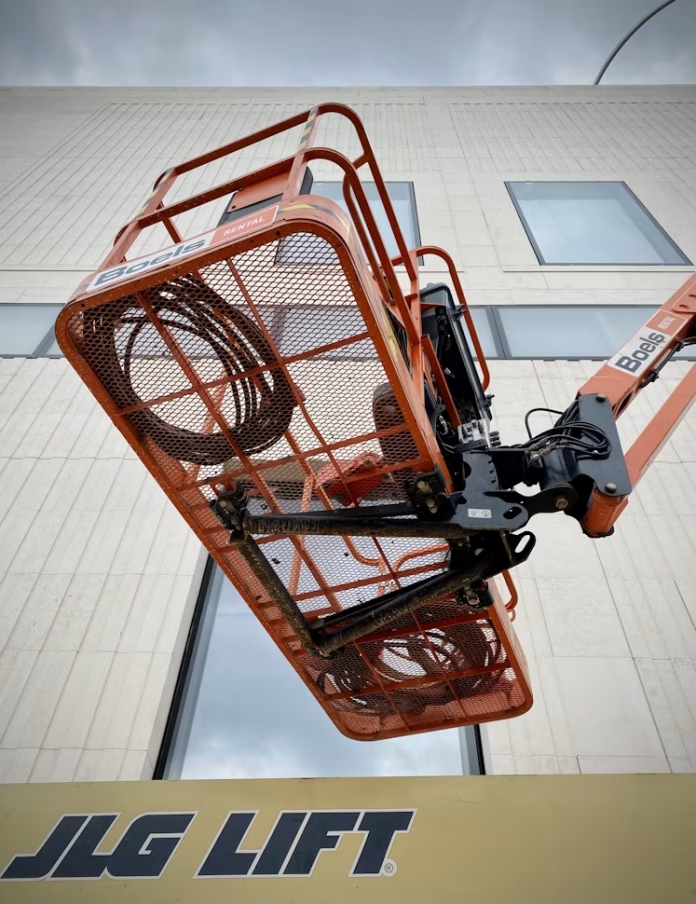Safety is the foundation of every successful industrial operation. When it comes to using lifting platforms, following established safety standards is not just about compliance—it’s about protecting workers, equipment, and business assets. A 升降台 (lifting platform) can significantly improve efficiency, but if not used properly or maintained according to safety regulations, it can pose serious risks. Every operator should be familiar with the key safety standards and best practices governing the use of lifting platforms.
1. Understanding Safety Certifications
Before purchasing or operating a 升降台, it’s essential to check for certifications that verify compliance with national or international safety standards. Look for platforms certified under ISO, CE, or ANSI regulations, as these standards ensure that the equipment meets rigorous safety and performance requirements.
Certified platforms are built with higher quality materials, undergo strict testing, and include mandatory safety mechanisms. These certifications guarantee that the platform can operate safely under normal working conditions when used correctly.
2. Pre-Operation Inspections
One of the most important safety steps is conducting regular pre-operation inspections. Operators should check all components of the 升降台, including hydraulic systems, electrical connections, safety locks, and guardrails, before every use. Any visible damage, leaks, or unusual noises should be reported immediately, and the equipment should not be used until inspected by a qualified technician.
Routine inspections prevent minor issues from turning into major failures and help maintain compliance with safety standards.
3. Weight Limits and Load Distribution
Every lifting platform comes with a maximum load capacity. Exceeding this limit is one of the most common causes of accidents. Operators should always be aware of the weight limit indicated on the equipment’s data plate. Additionally, loads should be evenly distributed across the platform to prevent tipping or structural strain.
Proper load management ensures stability and protects the 升降台 from unnecessary wear and damage.
4. Operator Training and Certification
A lifting platform is not a simple machine that anyone can operate. Proper training and certification are essential. Operators must understand how the platform works, how to handle emergency situations, and how to recognize signs of mechanical malfunction.
Training should cover basic controls, safe operation procedures, and emergency response steps. A well-trained operator significantly reduces the risk of accidents and ensures compliance with workplace safety laws.
5. Safe Operating Practices
Operators should follow a series of safety best practices during operation. These include:
- Ensuring the area around the platform is clear of obstacles.
- Never moving the 升降台 while it is elevated.
- Avoiding sudden movements that could destabilize the load.
- Wearing appropriate safety gear such as helmets and gloves.
- Never exceeding height or tilt limits specified by the manufacturer.
These simple precautions go a long way in preventing workplace injuries and maintaining operational safety.
6. Maintenance and Servicing Standards
Regular maintenance is essential for ensuring safe and smooth operation. Hydraulic systems should be checked for leaks, electrical systems for loose connections, and moving parts for lubrication. Only qualified technicians should perform repairs or replacements.
Adhering to a consistent maintenance schedule not only extends the life of your 升降台 but also keeps it compliant with safety regulations. Many jurisdictions require proof of maintenance logs to meet safety audit standards.
7. Emergency Protocols
Every operator must know how to respond in an emergency. Lifting platforms should be equipped with emergency stop buttons, alarm systems, and manual lowering mechanisms. In case of a power failure, operators must know how to safely lower the platform and evacuate any personnel.
Emergency drills and clear communication procedures help ensure that everyone knows what to do if something goes wrong.
8. The Importance of Workplace Safety Culture
Beyond technical standards, a culture of safety is key to preventing accidents. Employers should encourage open communication about hazards, provide refresher training, and ensure that safety remains a top priority. A proactive safety culture reduces human error and fosters accountability among operators.
Conclusion
Operating a 升降台 safely requires more than just following instructions—it demands awareness, proper training, and adherence to industry standards. By ensuring that lifting platforms are certified, inspected, and maintained correctly, and by empowering operators with knowledge and responsibility, businesses can prevent accidents and maintain efficient, compliant operations.
Safety is an investment that always pays off. By prioritizing high-quality equipment, regular inspections, and trained personnel, companies not only meet regulatory standards but also protect their greatest asset—their people.

